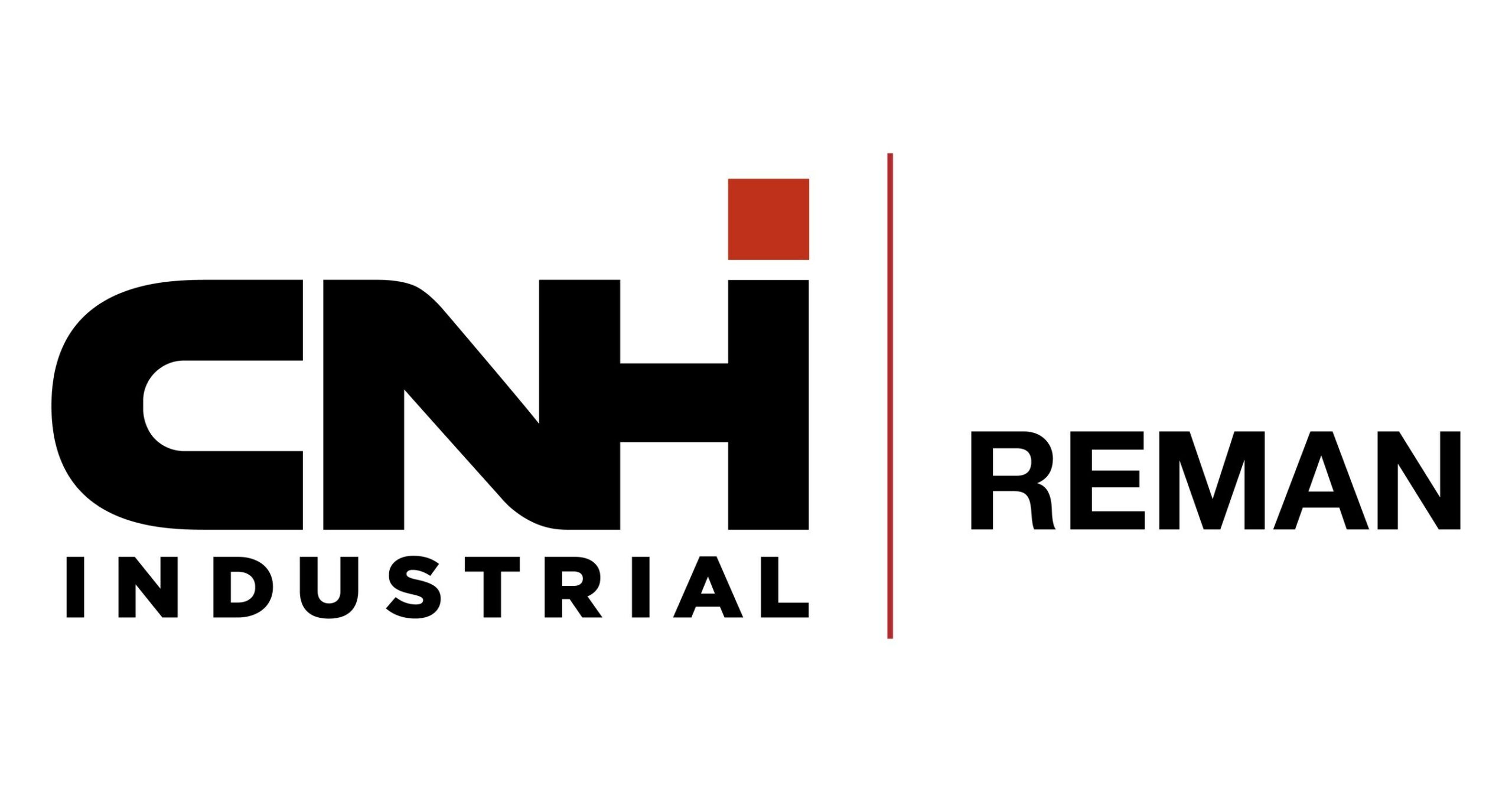Laser-Powered Solutions for Complex Manufacturing
We offer custom machines and equipment for additive manufacturing and laser heat treating. On the services side, we guarantee quick turnaround for all orders ranging from one-off prototypes to full-scale production.
Our Customers
Technology Partners
Additive Manufacturing
Additive Manufacturing , also called 3D Printing, generically refers to the process of building structural parts, layer by layer, following a tool path generated from a 3D CAD file. Compared to other laser based additive manufacturing techniques such as Direct Metal Laser Sintering (DMLS) or Selective Laser Melting (SLM), the deposition rates using the DED approach are substantially higher.
Additional Services
Other services offered by Synergy Additive









